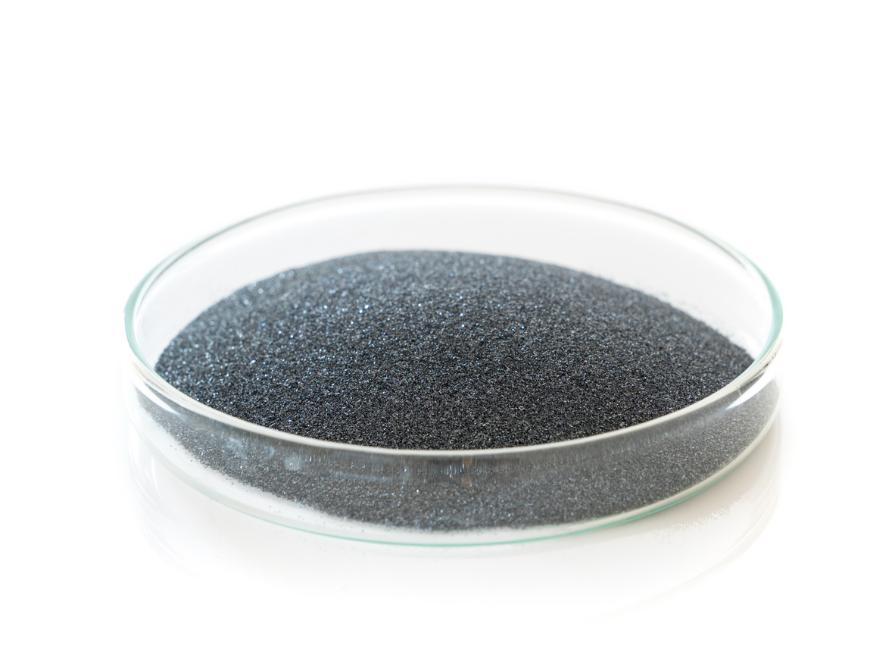Tungsten is quickly becoming one of the more popular, contemporary styles for wedding bands, and for a good reason. The unique tungsten ring fits many individuals’ styles and distinctive commitments while remaining affordable without compromising quality. But before you take the plunge, you may want to know how these beautiful rings are made.
So, if you are in the market for a tungsten wedding band, you may want to understand how these beautiful rings are constructed. By understanding the process behind these magnificent rings, you will be able to appreciate their beauty and better decide if tungsten is the right ring for you or someone special.
What are tungsten rings made out of?
Tungsten or Tungsten Carbide is an alloy composition of tungsten metal and carbon. The carbon in the alloy provides tungsten carbide its signature strength and durability. In addition, authentic jewelry-grade tungsten rings usually utilize nickel as a binder for the alloy with 85% tungsten carbide and 15% nickel.
Not all tungsten carbide rings use nickel as a binder, some utilize cobalt. Cobalt is less durable than nickel and can be irritable for those with sensitive skin. If you or your partner have sensitive skin, we highly suggest consulting with the jeweler before purchase to determine the ring’s composition.
How are tungsten rings made?
Several steps are required to create the tungsten ring you’ve always wanted. However, from all of the work and process behind molding, polishing, finishing, and final customization to make tungsten rings, we can glean a reason as to why these rings are just so valuable.
Creating the Ring From Powder
Pure tungsten metal and carbon are ground into fine powder to be placed inside a ring-shaped mold. Next, the mixture is compressed into the mold to 1,400 to 2,000 degrees Celsius, or 2,552 to 3,632 degrees Fahrenheit in a vacuum furnace. This process is also known as “Sintering,” allowing the tungsten to bind with the carbon to form the tungsten carbide ring blank.
Polishing
The rough black ring blank will go through about 30 different polishing steps to achieve the mirror-like finish typically seen in jewelry stores or online. These polishing steps are done with a typical polishing machine used in gold or silver jewelry. However, unlike traditional jewelry, which uses a standard wax, tungsten carbide requires diamond polishing paste due to its extreme hardness. Diamond polish paste has a micron or grit that starts from 80 microns, reducing each step to achieve a more refined polish. To achieve the iconic high polish finish of most tungsten bands, a 0.5-micron paste is used.
Tungsten Ring Finish
Like traditional rings, tungsten rings can have various finishes, including polished or brushed. If the ring has a brushed finish, it will go through a finishing process after the polishing stage. After the polishing stage, the tungsten ring will reach a hardness level of 9.5 on the Mohs scale. The only way to create a brushed texture is through diamond-coated tools.
Ring Customizations
The last step is your ring’s customization. We suggest adding inlays or engravings for those looking to make their ring unique and stand out. For example, some rings are created with grooves for setting precious metal inlays. Inlays can include ceramic, 14k white gold, 18k yellow gold, rose gold, platinum, and sterling silver.
Conclusion
Tungsten has quickly surged in popularity through the vigorous process and dedication put into the construction of these magnificent rings. Their durability, strength, and unique style can help express your distinctive commitment to your partner.
Check out the Avant-Garde Tungsten collection if you find yourself in the market for an affordable beautiful tungsten ring. We pride ourselves on the quality and craftsmanship of each piece, encouraging the creativity of custom, one-of-a-kind pieces you or your partner can treasure for a lifetime. We sincerely hope we become your source for tungsten and titanium jewelry.
Shop now! By clicking the link
1-513-520-0527



